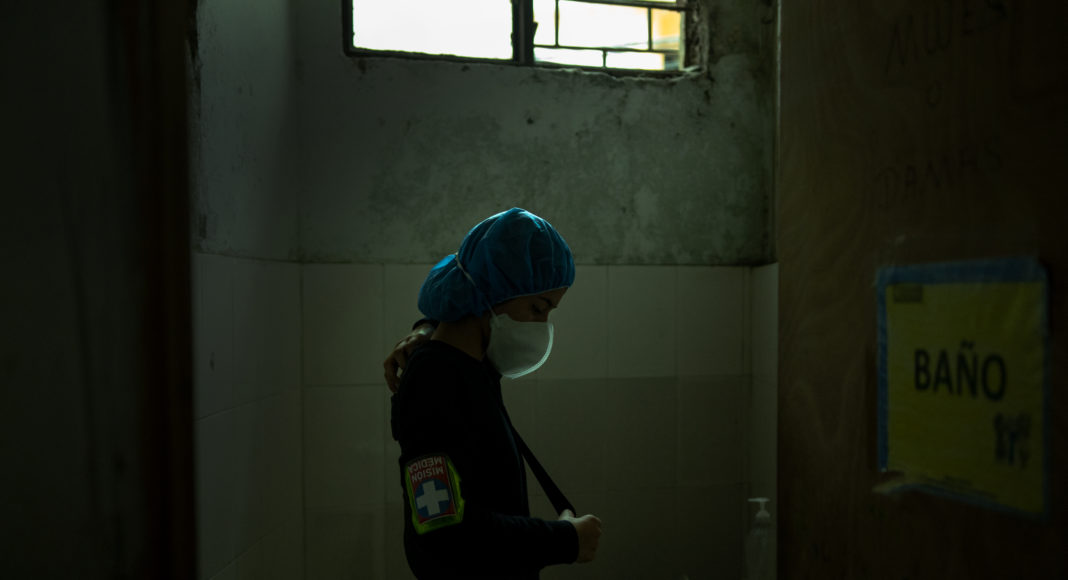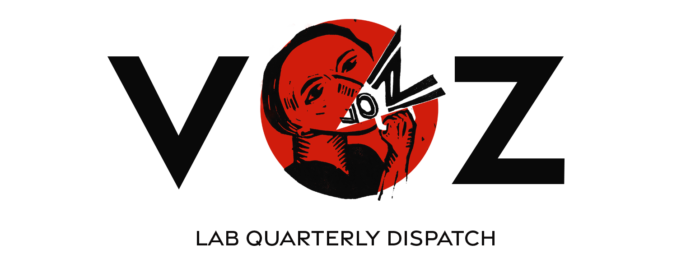
This is the second issue of LAB’s new series of guest-written quarterly dispatches, available exclusively to our patrons (paid subscribers). Each issue of Voz will bring you a specialised article conveying the experience and analysis of our partners out in Latin America – activists, journalists, artists and academics. We hope that their in-depth testimony and commentary will help broaden our understanding of the region, and through it, the world.
When anti-government protests erupted in Colombia earlier in 2021, Cali quickly became an epicentre of resistance. What began as a rejection of the proposed tax reforms of President Iván Duque soon grew to encompass long-simmering social inequalities. Over the next few months, the city bore the brunt of a brutal state crackdown on the demonstrators.
Siloé, one of Cali’s poorest neighbourhoods, saw some of the very worst of the police violence. In response, medical missions attempted to care for the injured, even when doing so put them at grave risk.
Our guest writer, Jahfrann, is a freelance photographer, activist and multimedia journalist from Cali, Colombia. His online following multiplied by the tens of thousands thanks to his live reports of the protests and the brutal response from police and ESMAD (Colombia’s anti-riot police squadron, infamous for their highly militarised tactics and equipment – including tear gas, rifles, bean bags and a new grenade-launching weapon called Venom). Jahfrann himself suffered attacks by ESMAD and has been silenced and censored online, forced to create multiple online accounts in order to continue sharing the reality from the frontlines of Cali’s streets. To protect his identity and ensure he is able to continue his work without persecution, Jahfrann now goes only by this pseudonym.
His video coverage, photography and live social media posting of the protests caught the attention of mainstream media. One of Jahfrann’s live Instagram streams garnered more than 4 million views worldwide, after Puerto Rican rapper Residente joined and shared it. These efforts ensured that state violence was documented and reported internationally.
Jahfrann often reported from the ‘Primera Línea’, the ‘first line’ of defence against the military police crackdown, which consisted in multiple blockades of protestors wearing armour improvised from clothes, lamp posts, speed bumps and metal drums, pushing back against the armed forces.
It was amidst the Primera Línea that Jahfrann began to document the experiences of the medical mission in Siloé. In this piece, he depicts a nightmarish scene in which the instinct to preserve life is driven underground by state repression, yet kept alive by the bravery and ingenuity of individuals.
This issue was edited and translated by Liam Sousa Casey. Photo-essay and words by Jahfrann.
We are nearing mid-May. About three weeks have already passed since April 28, 2021, when social, popular and community protests broke out throughout the country.
Human rights committees, the independent press and medical missions in Colombia are going through a difficult period. Their personnel are continuously being identified, threatened and harassed. Crucially, they lack the governmental support necessary for them to carry out their important work.
This crisis among medical personnel in Siloé is being magnified by systematic state violence against social protesters here. The neighbourhood has registered an ongoing daily increase in the number of personnel injured, threatened, or forced out – by both illegal and legal groups, who clearly have no interest in saving human lives.
It should be noted that medical ethics does not discriminate or prioritise. It takes no notice of flags, groups or territories. For the medical brigades of Siloé, their only obligation is to uphold fundamental rights, including the right to life.
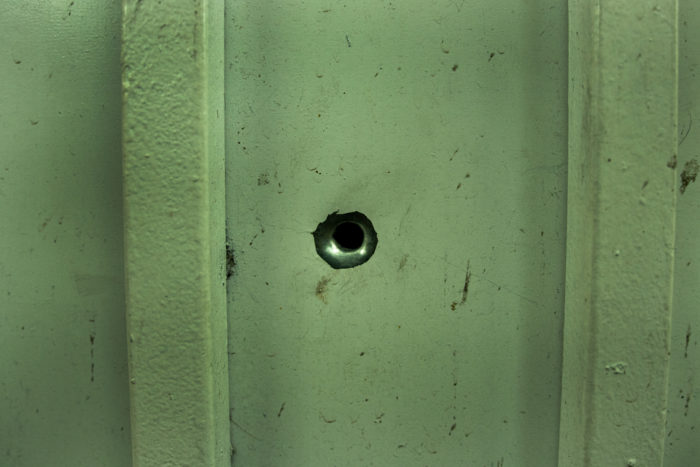
The medical mission “ESCONDIDA” (hidden, or secret) of Siloé, in the city of Cali, has the peculiar distinction of being forced into hiding on account of the persecution of its medical team. More than 34 people working here in rotating shifts have attended to those injured since the beginning of the national strike in April 2021.
The front line of this sector, or comuna, of the protest – as it is known to the group of demonstrators who maintain the peaceful blockades – is a long way from the medical post. It is no longer possible for the brigades to remain near the protestors if they are to protect the safety of the wounded, as well as their own medical staff. It is simply too dangerous for them to remain close to the protests when the tear gas, stun guns and government forces arrive.
Without fail, the forces first attack anything with a cross on it, breaking all international human rights protocols. ‘We have to hide ourselves far away from the points of confrontation, even if that means reducing the chances of saving lives, because every second counts in this journey,’ said one member of the team.
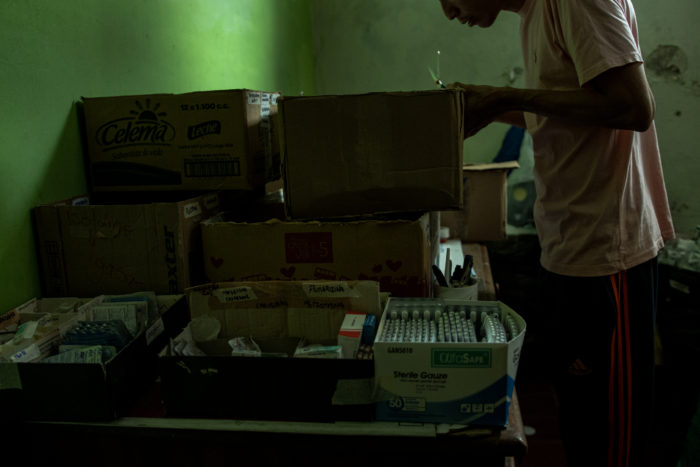
The volunteers arrive in civilian clothes so as not to arouse suspicion. Most arrive on foot because they can be identified if they arrive by motorcycle or car. Many are no longer here due to threats: some have been told in the streets, ‘If we see you here again, we’ll kill you,’ and so, with impotence and anger, they have to leave.
Acquiring medical supplies and the rest of the necessary equipment is an uphill struggle for the team. In black bags, small quantities of supplies are brought to the brigade at different times of day and night, and hidden behind a metal door. The location resembles an old warehouse with no windows, avoiding any indication of what is going on inside.
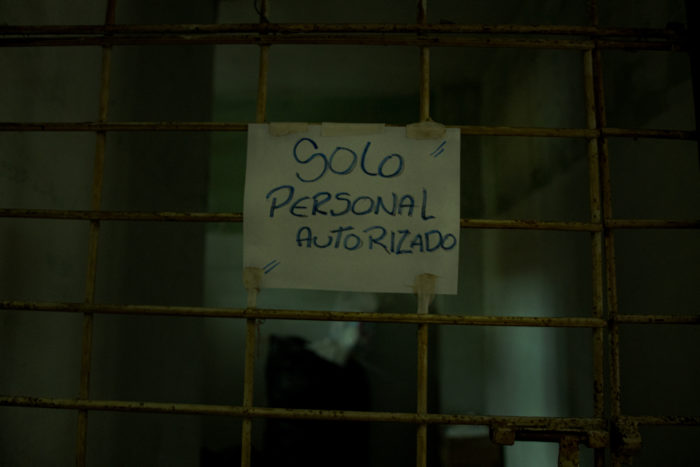
When you pass through the door, you enter a different world. Within this improvised space, you can see order taking shape. There’s an area for stretchers; a section where first aid implements are stacked on the ground; a corner for people to rest. There’s even a storehouse with keys for the few pieces of equipment that are kept carefully under guard for emergencies.
We’ve now reached a point in Cali where you have to hide in order to try and save lives. If you don’t, it could be your own life at risk.
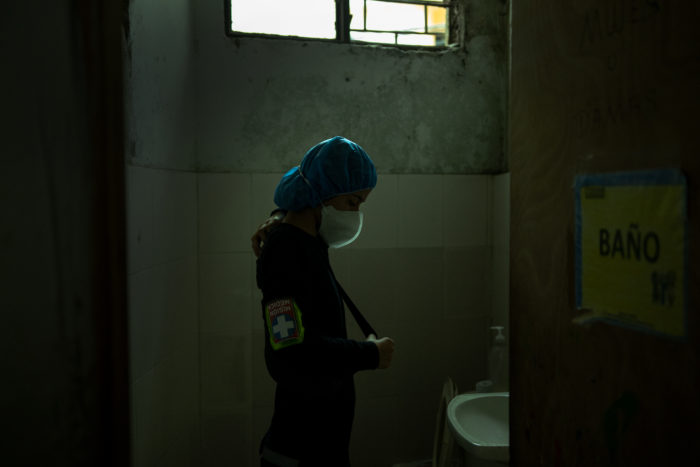
Subsequently…
LAB adds: Since August 2021, there has been less movement on the streets of Cali, although skirmishes have broken out, mainly between Primera Línea protestors and ESMAD during demonstrations to mark the anniversaries of the 2019 and 2020 protests and commemorate the deaths of protestors killed by the armed forces throughout this period.
On International Human Rights Day this 10 December, the Minga Indígena movement of Indigenous communities, leaders, and organisations will return to Cali making demands for the Peace Process and the right to life to be respected, and for guarantees for Indigenous groups who feel they are at grave risk of physical and cultural extinction. Some people fear violence will take over the city once again.
The Colombian police force continues its mass arrest of social leaders and protest organisers, with 13 alleged members of the Primera Línea detained this month. They will face charges of terrorism, vandalism and conspiracy to commit crimes and if sentenced, they could face between eight and 22 years in prison.
Keep up with Jahfrann’s brave work by following him on Facebook, Instagram, Twitter and YouTube.

